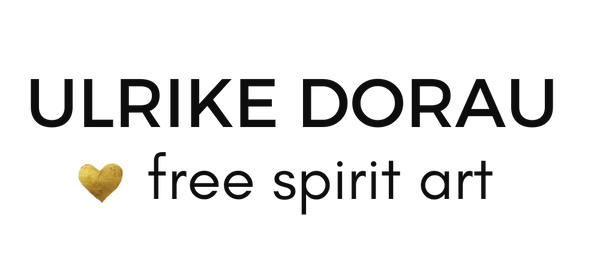Encaustic - what is it?
A technique that is thousands of years old - the art of painting with wax and fire.
-
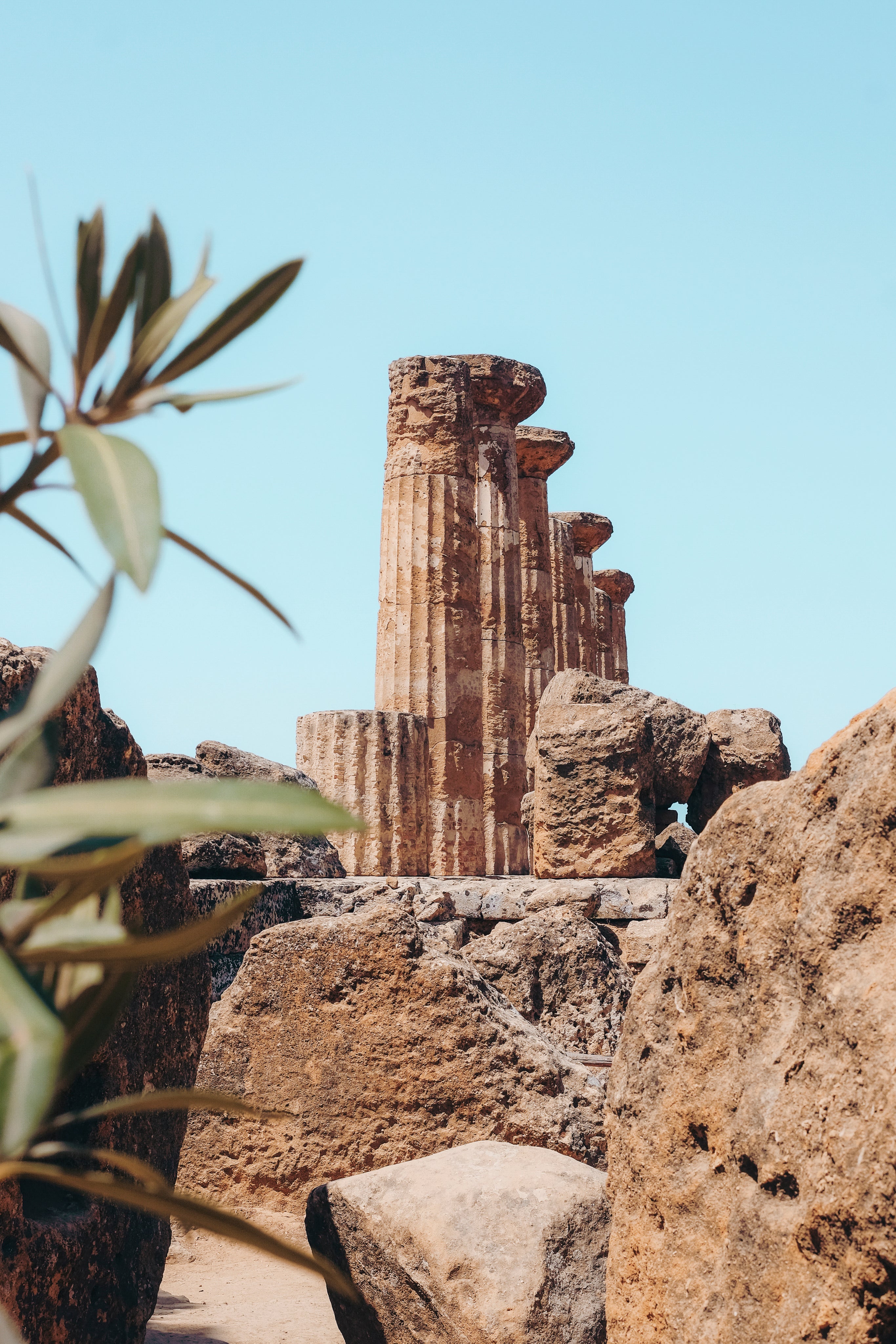
Ancient painting technique
more on the history of encausticEncaustic comes from antiquity and is much older than, for example, oil painting. Traces of encaustic have been discovered on Egyptian mummy portraits, mural paintings in Pompeii, Trajan's Column in Rome. Some very old Christian icons, for example in St. Catherine's Monastery on Mount Sinai, are also made using the encaustic technique.
-
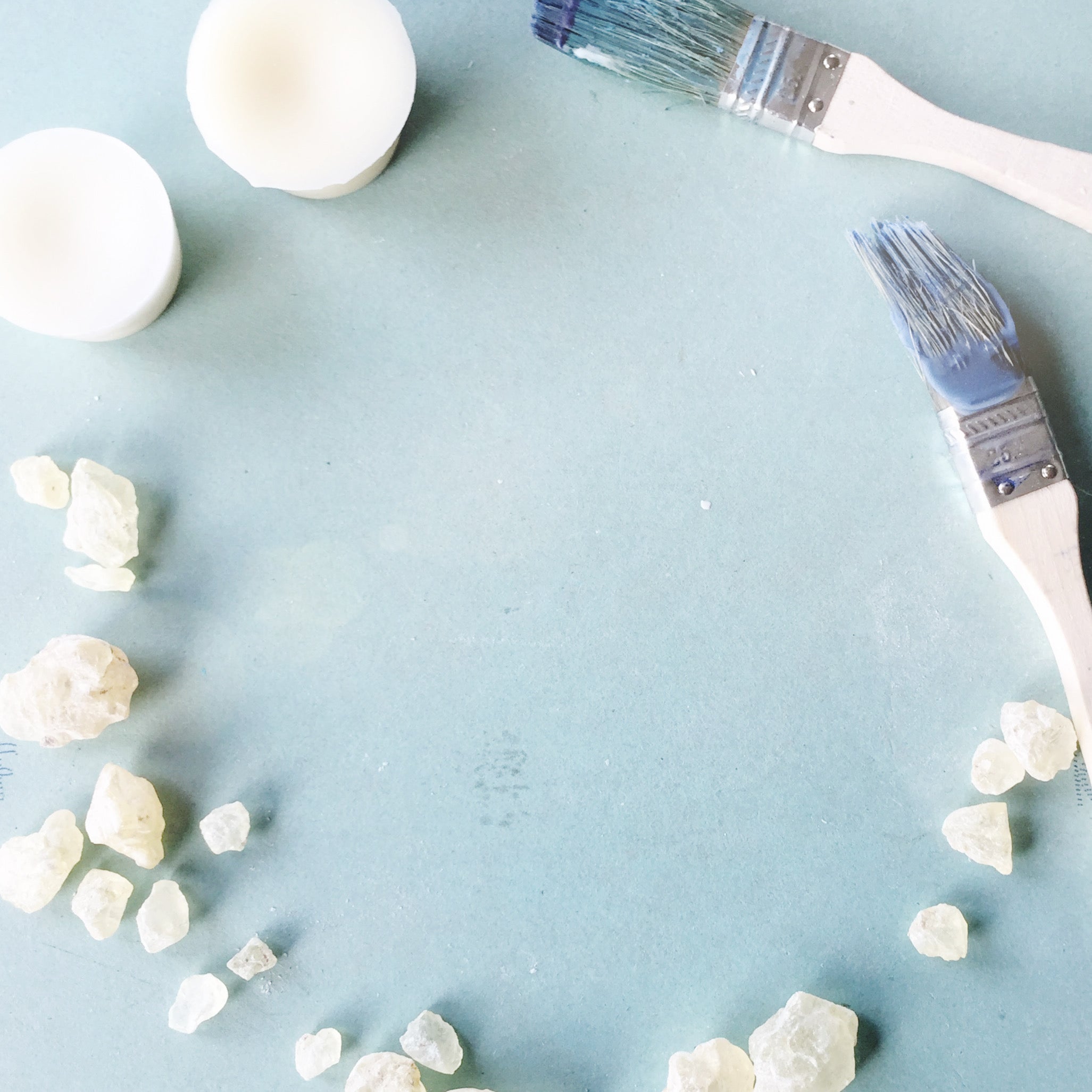
natural materials
Beeswax, damar tree resin, shellac, if possible natural pigments and wood as a painting surface - encaustic offers the possibility to get by almost without artificial painting materials, thinners and chemicals.
-
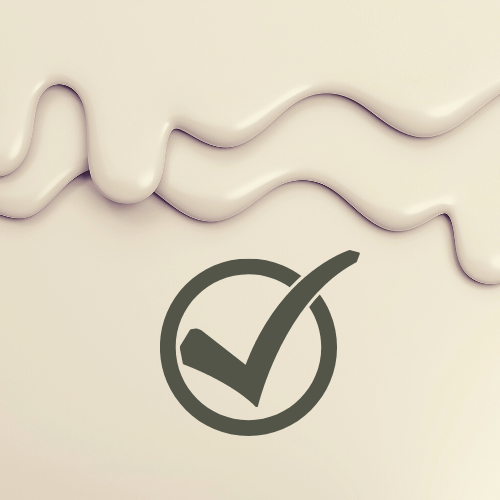
Doesn't melt on the wall
more information on handlingEncaustic is very durable because the beeswax and damar resin themselves act as a seal - the artwork will not yellow or darken. The addition of Damar raises the natural melting point of the wax to over 70°C.
-
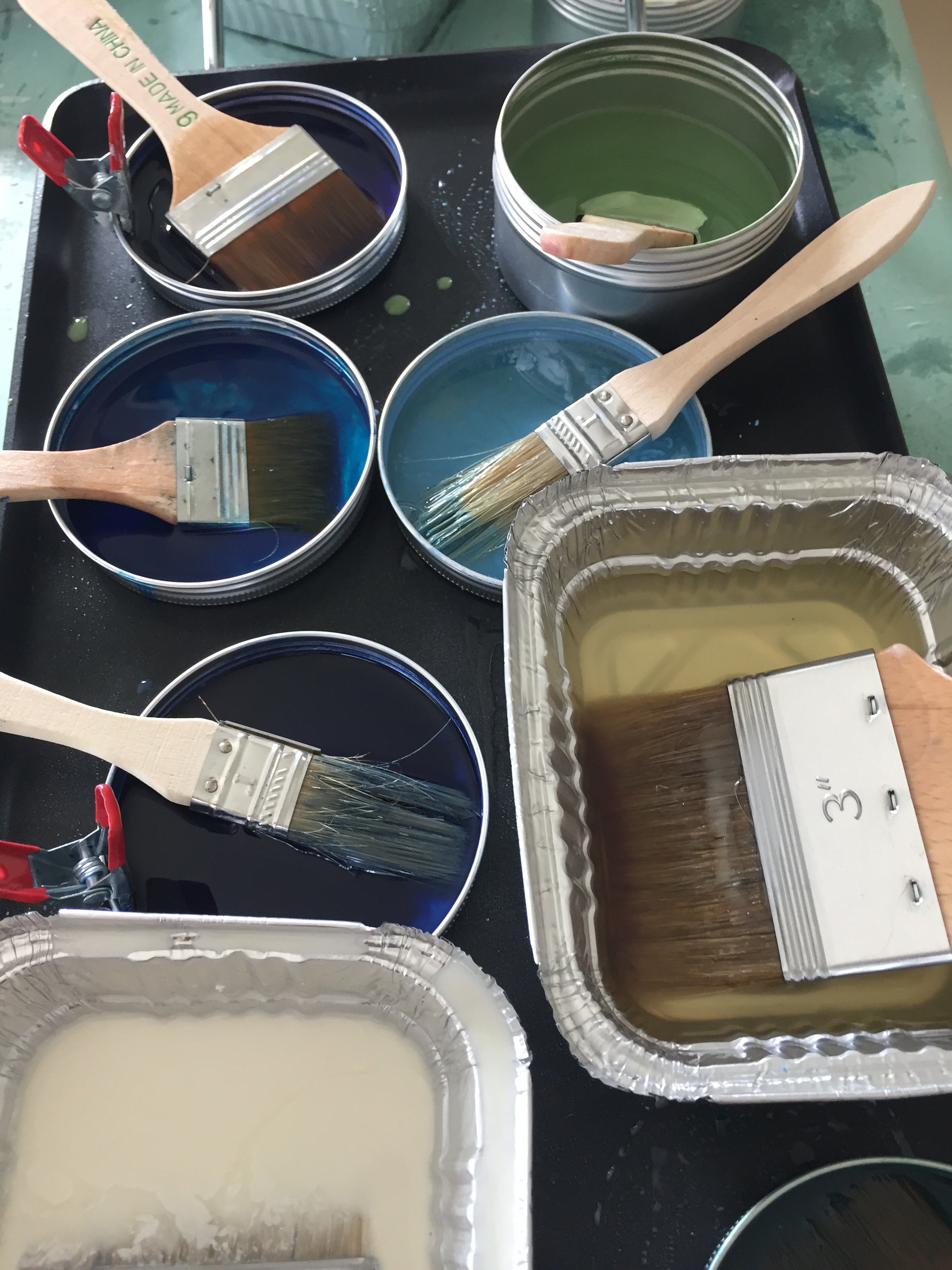
Dimensions Hot & Cold
The pigments are dissolved in hot wax and applied while warm. Once the wax has cooled, it can no longer be painted. So it is heated again and again and many layers are applied on top of each other and fused together.
-
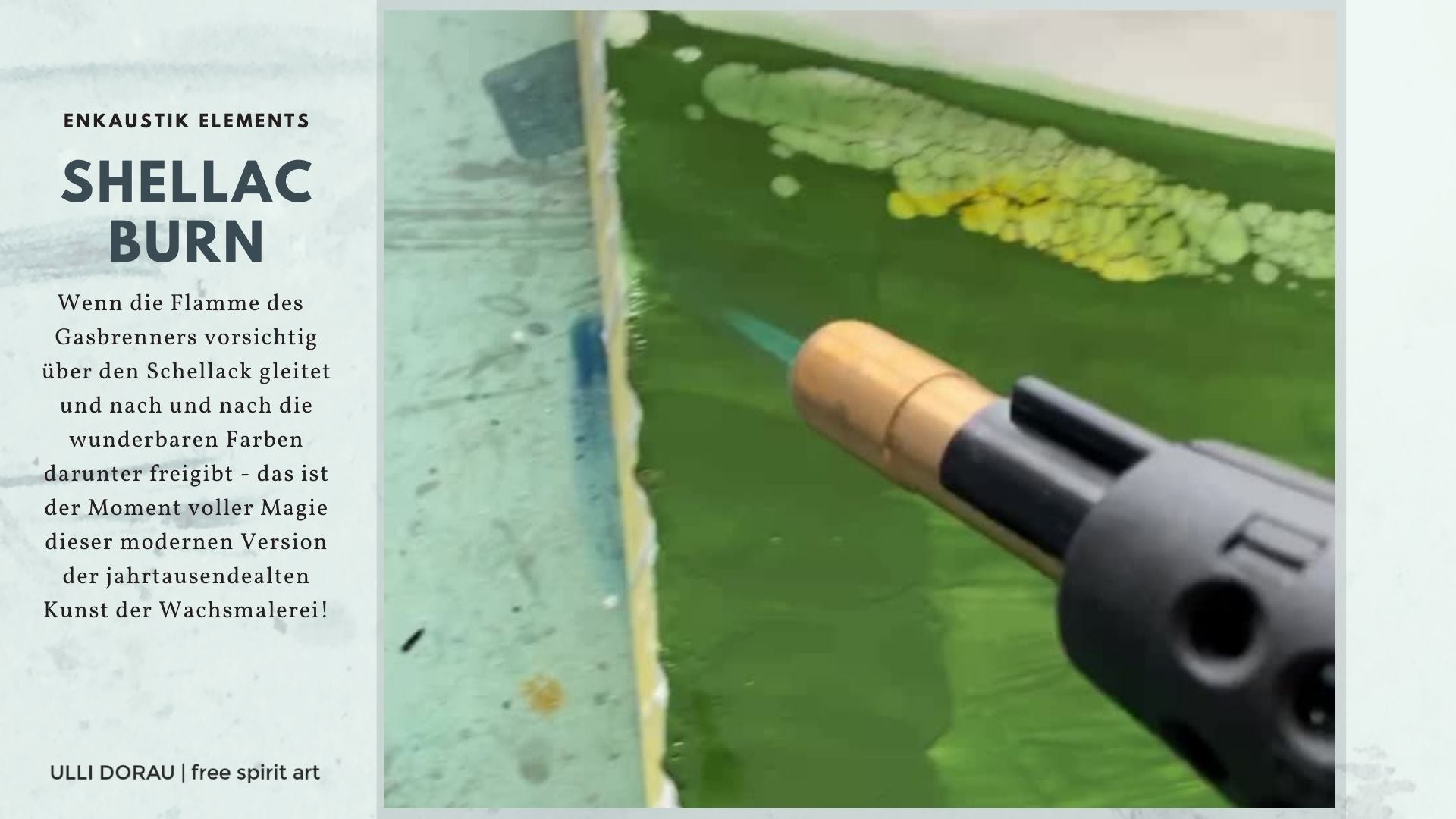
Painting with the flame
A large part of my compositions are created using the so-called shellac burn technique. Pigmented shellac is applied to the cooled wax and, after a short drying time, heated in places with a gas burner so that it breaks up and wonderful network structures are created.
-
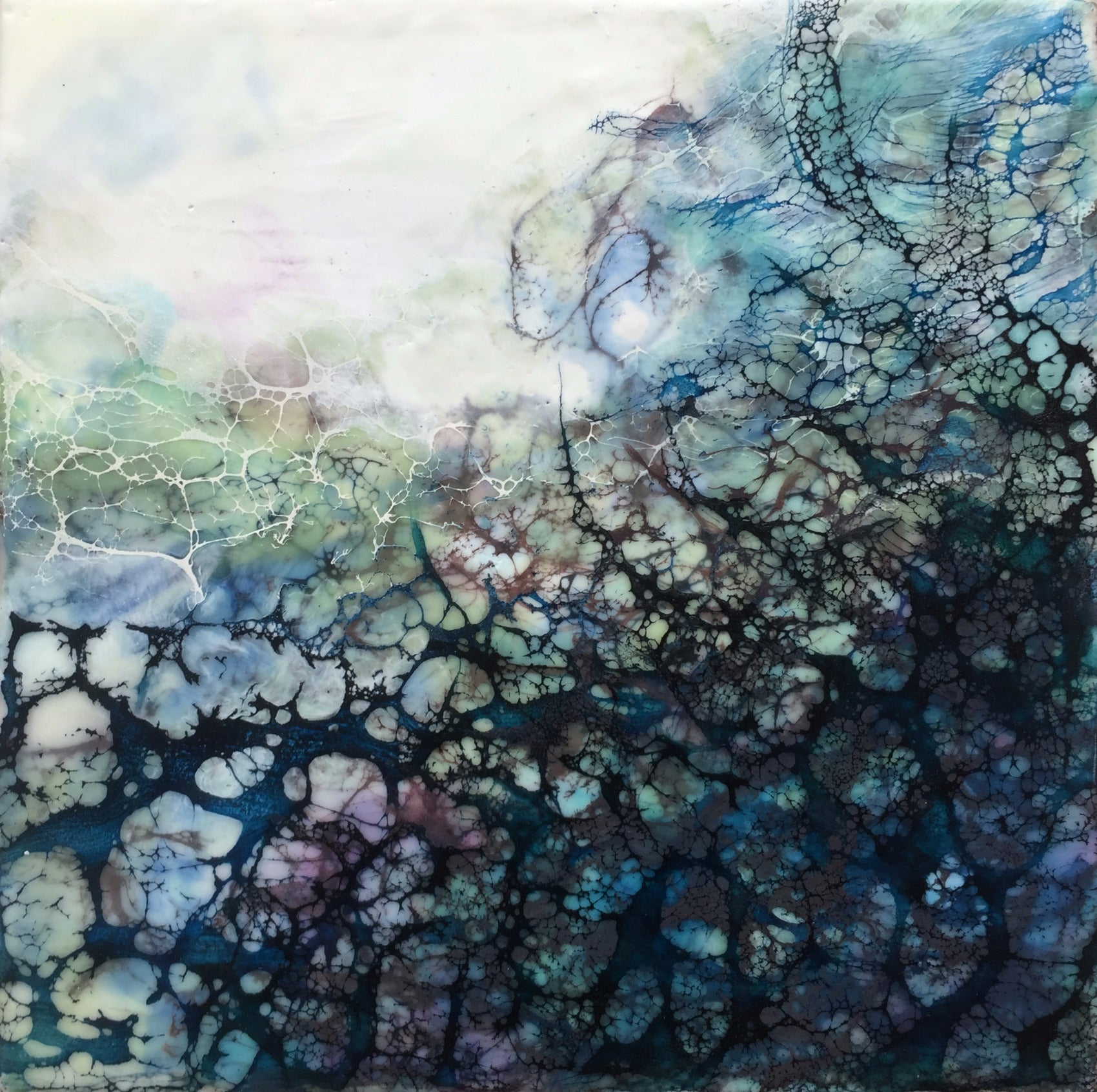
depth effect
Encaustic paintings are famous for their transparency and depth. The light is reflected through the different layers of wax down to the painting ground itself. The alternation of transparent and opaque layers and the shellac elements creates a wonderful depth effect.
Encaustic - Burn off the shellac
Follow ulrikedorau_happyfreespirit on INSTAGRAM
Lots of additional content eg videos, pictures from the studio on INSTAGRAM!
